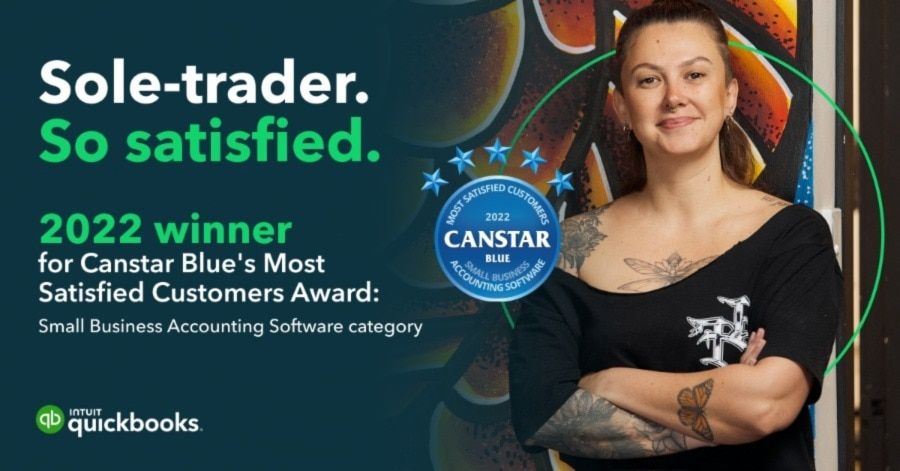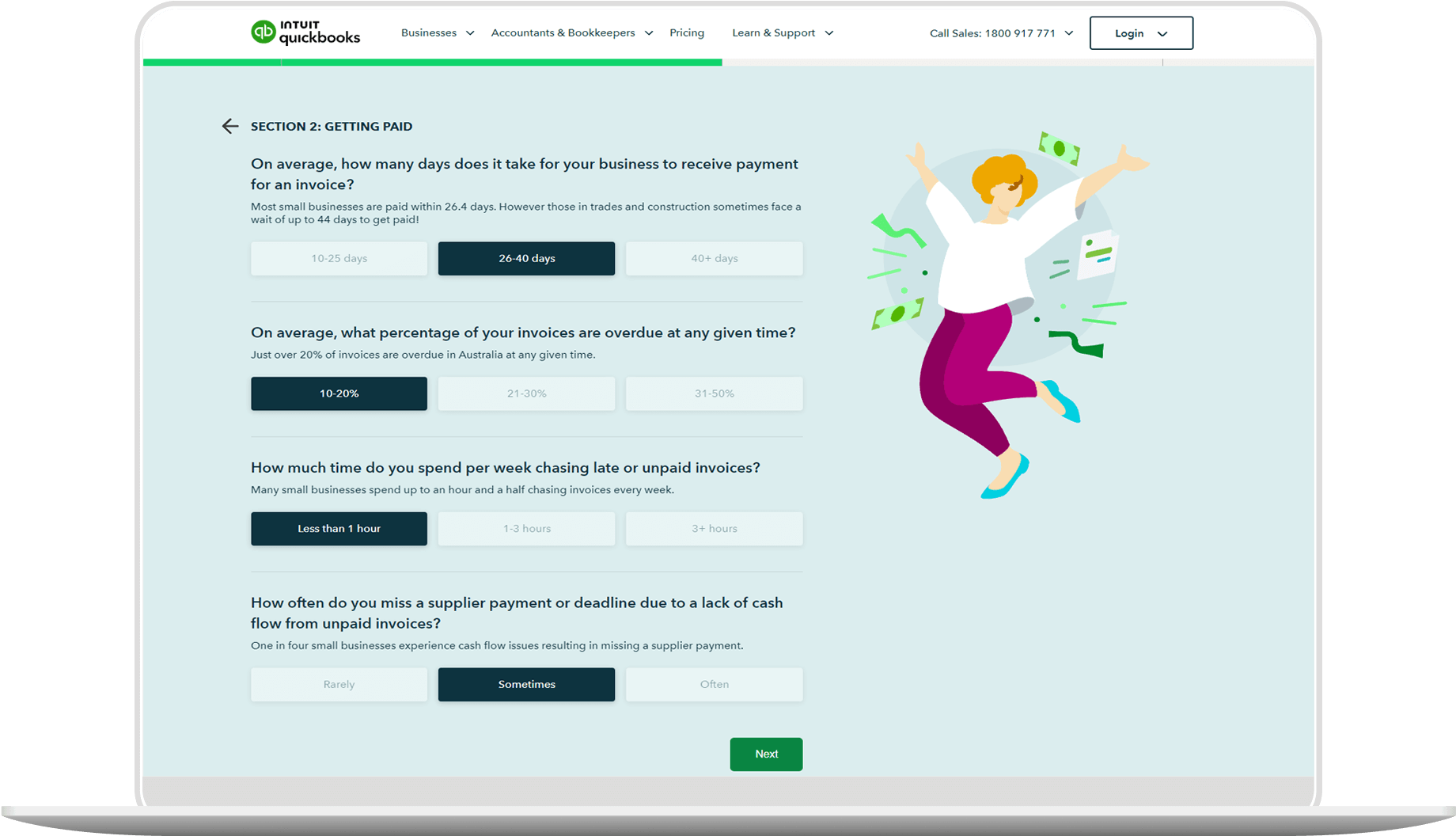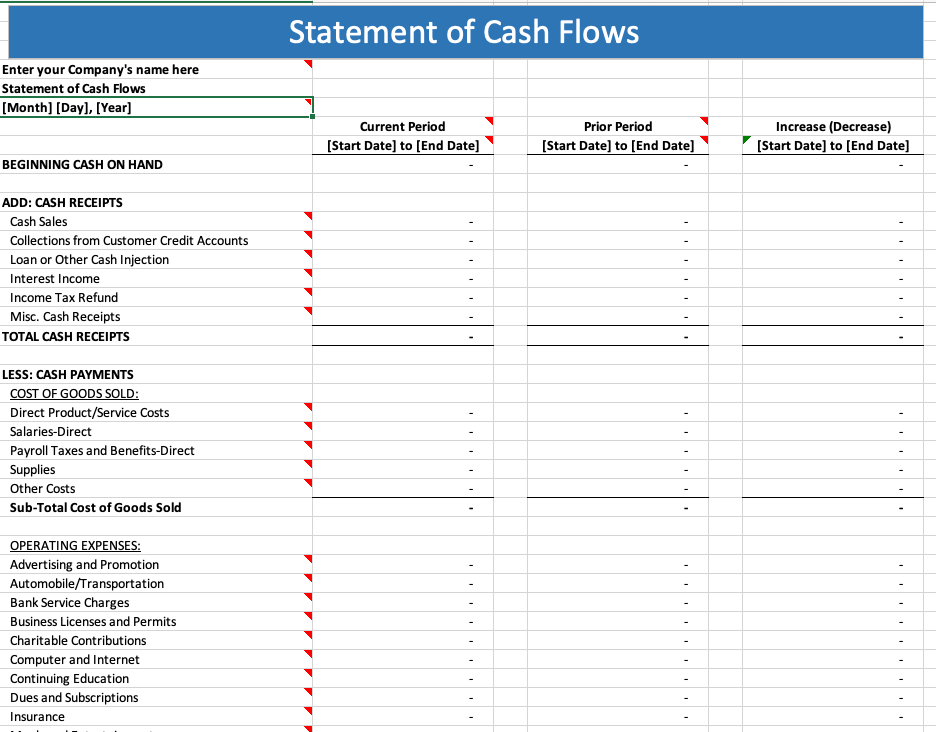How to Create a Cash Flow Statement
In order to fill out a cash flow statement, you will need your most recent income statement and balance sheet. This will make using a cash flow statement template much more simple.
You can think of your business’s cash flow like the waves of an ocean, with revenue washing in and payments for expenses flowing out. A picture of cash flow is not easy to capture because the ebb and flow of money in your business is constantly changing. Nonetheless, you need a solid grasp on your cash flow at all times so you can spot trends in cash management and keep your company solvent.
The cash flow statement shows changes in your cash on hand, including cash in your bank account and short-term investments that you can easily convert to cash. Cash flow statement examples might reflect activities such as:
Operating Activities: Inflow from operating activities includes revenue from selling products and/or services, interest and dividends that the business receives, and other cash receipts. Outflow from operating activities includes payroll costs (wages, benefits, and employment GST), payments to suppliers and suppliers, overhead costs (like rent, utilities, and insurance), income taxes and other business taxes, and other operations-related cash payments.
Investing Activities: Inflow from investment activities includes sales of business assets other than inventory, payments received from loans that your business made, and other income not generated by the normal course of business. Outflow includes purchases of capital equipment and loans that you make.
Financing Activities: Inflow reflects money that’s borrowed and the proceeds from the sale of your company’s securities. Outflow includes your debt service and dividend payments.
To create a cash flow statement manually, select a time period and review your income and expenses in each of the three activities discussed above. Use a self-created spreadsheet or template to organise your data into a cash flow statement. Essentially, your entries show cash in and cash paid out each month for the time period that your cash flow statement covers.
Alternatively, you can easily create a cash flow statement based on an accounting system such as QuickBooks. Since you’ve recorded your income and expenses on a regular basis, your accounting software has the information it needs to generate a cash flow statement automatically without the need for you to input each item of income or expense from your business activities.


















